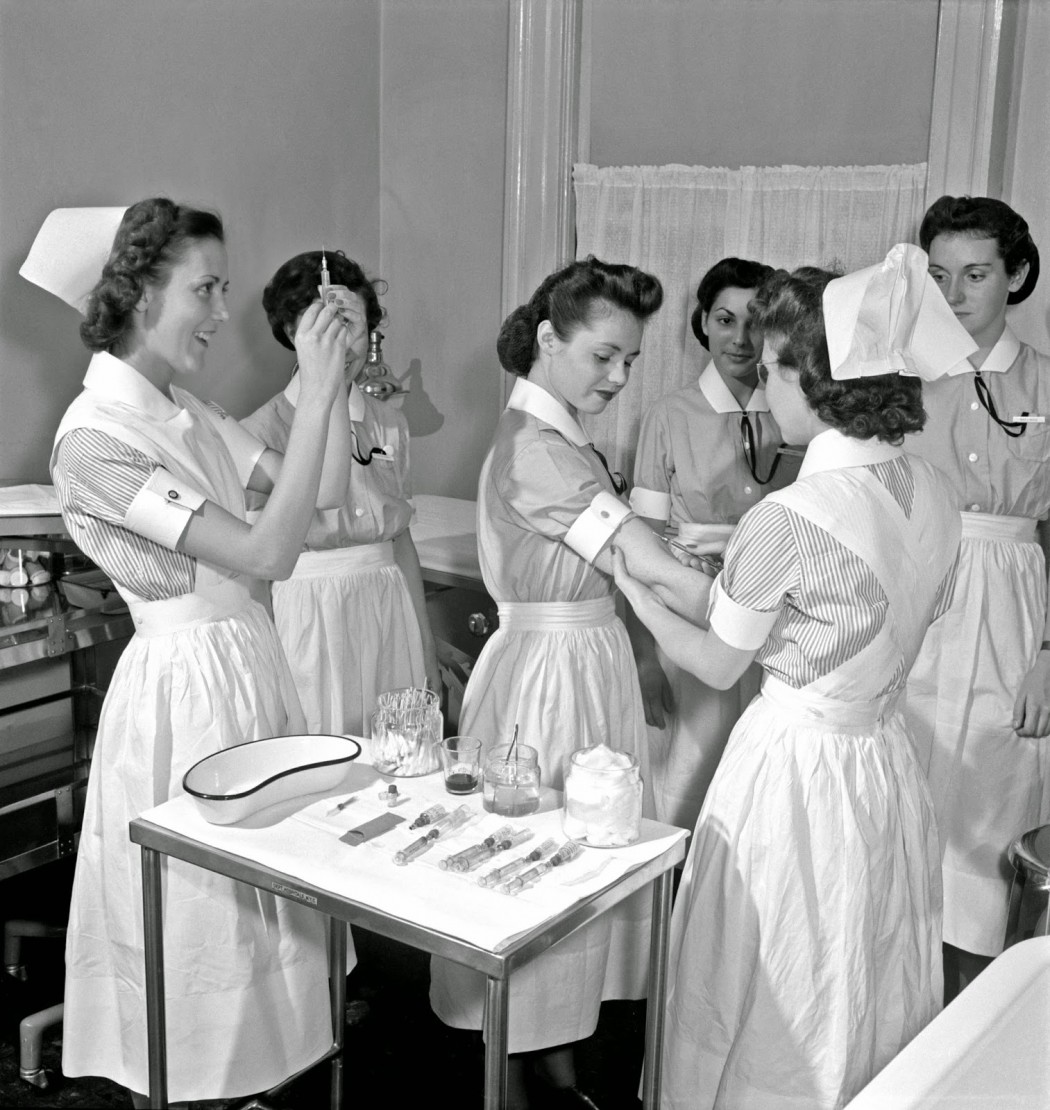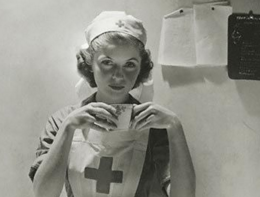I can only speak for my experience at NYU Langone Fertility, but the official start of a first time oocyte cryopreservation cycle is blood work and then, orientation (more on orientation later). I finally did both today.
It was a bit depressing (ok, I was slightly suicidal) walking into the clinic because the last time I was there, I was trying to get pregnant. This time, I’m just hoping for a few healthy eggs. But we won’t dwell on that . . .
I think for most of us going through this, it’s a big deal. Emotionally, financially, and for all kinds of other reasons. And I kind of expected to be treated with kid gloves. For something so important and something that is a big financial commitment, I expected the experience to feel, well, special. Or at least much more personal. Spoiler alert: It’s not.
The thing that struck me the most as I went through the process of orientation is how much everyone that works there takes it for granted that this whole experience is totally foreign to us. And while the nurses, doctors and doctors’ assistants are all generally lovely, it’s also immediately clear that we are one of hundreds of women who walk through those doors.
The first step: blood work and tests
Everyone gets her blood taken before even starting the process. I kept waiting for the nurse’s assistant who drew my blood to tell me what she was testing for at this stage, but she didn’t. So naturally, I asked. They check for a few things: STD’s like HIV, gonorrhea, chlamydia, they also check for signs of the hepatitis family, for the ‘infectious panel’ like chicken pox and measles, and they check for thyroid function because of all the drugs that are involved.
In my case, they also re-checked for AMH levels (Anti-Müllerian Hormone), a hormone associated with Ovarian Reserve.
They also want to see a recent PAP result from your regular GYN (depending on your condition, it could be as far back as 3 years ago!).
The big lesson learned even from this first, very simple step: ask questions. They don’t volunteer a lot of information, not because they’re trying to hide anything, but because again, they take for granted that you know what’s happening. And, while they’re taking vials of you precious blood, feel free to ask them to test for other things (they may so no, but it doesn’t hurt to ask). In my case, the reason they ended up re-checking for AMH is because I reminded them that I hadn’t had my Day 2/3 blood work done and I had had several unsuccessful IUI treatments. Ask questions along the way! You should know exactly what’s happening.
Total cost of this first appointment: $0, but I’m sure I’ll get a hefty bill from the lab!
Image Sourced From: http://historyinphotos.blogspot.com/2014/09/nurse-training.html





